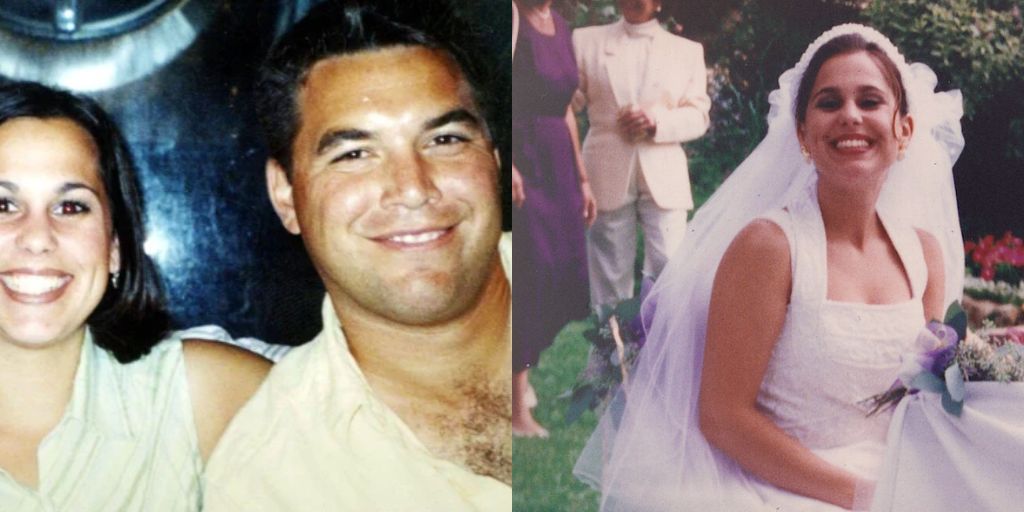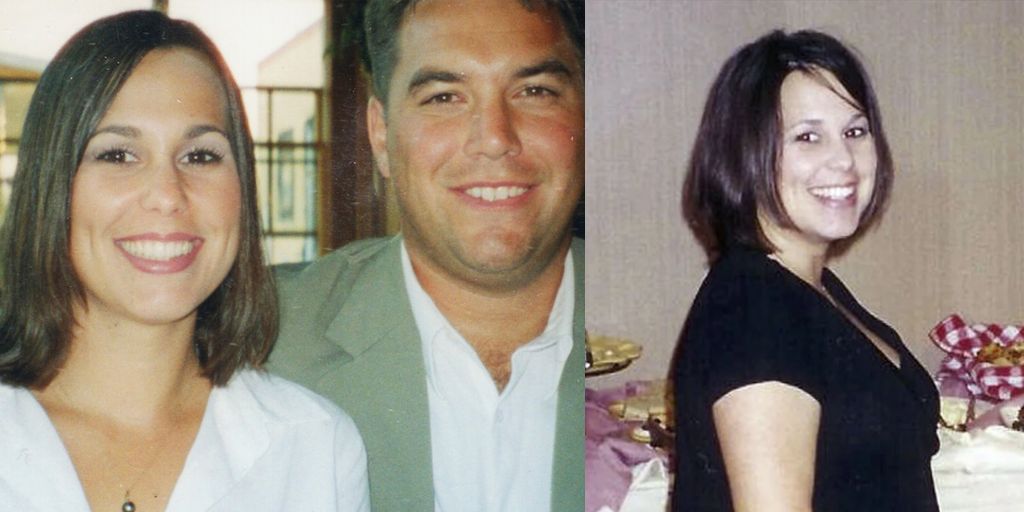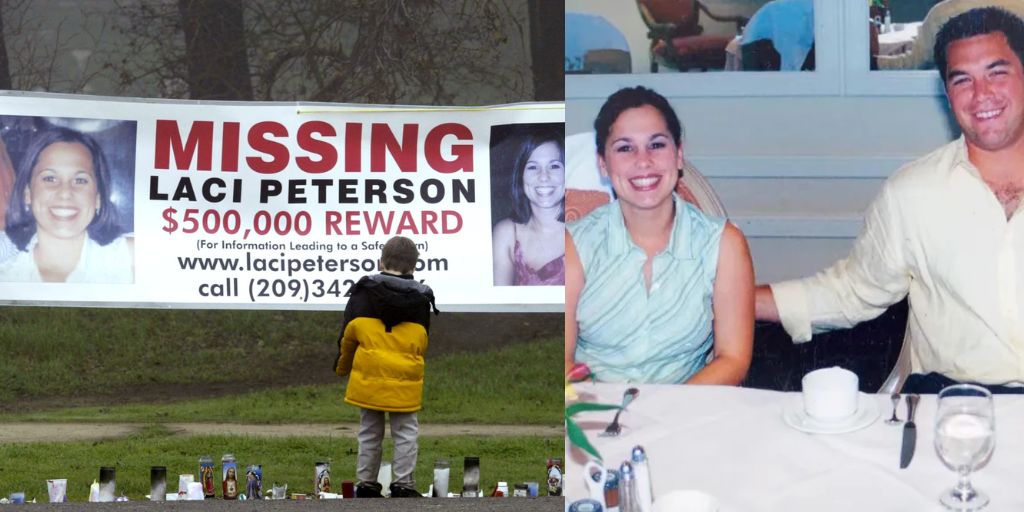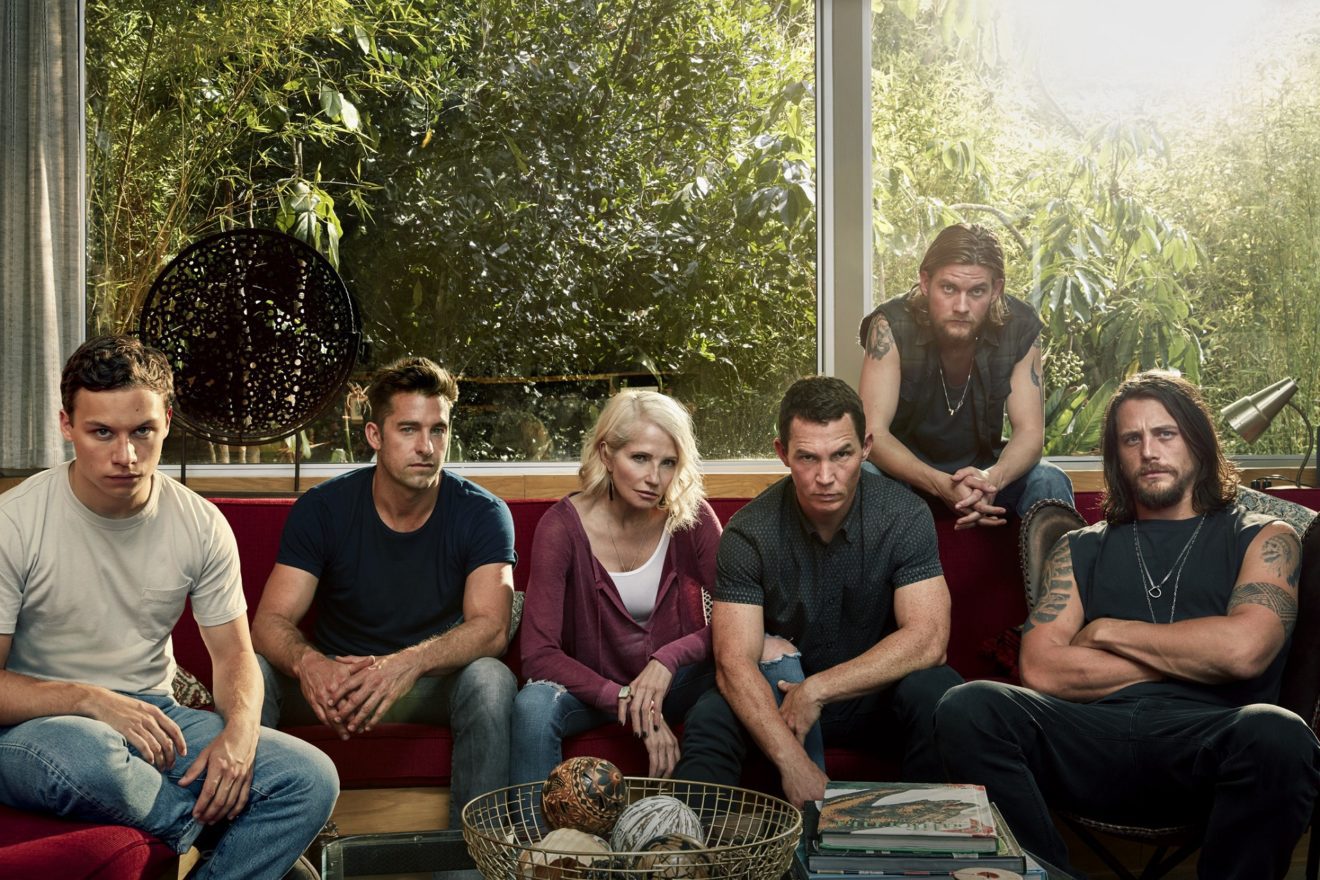Netflix’s new true crime documentary, American Murder: Laci Peterson, tells the real story of Laci Peterson, who was eight months pregnant when she disappeared. Her husband, Scott Peterson, was the last person to see her before she went missing on Christmas Eve 2002.
Laci and Scott’s relationship seemed perfect, but behind the scenes, Scott wasn’t happy about having children, despite Laci’s wish to become a mother.
Scott eventually agreed to have children, and Laci became pregnant with their son, Conner. Laci was due to give birth on February 10, 2003, but she vanished on December 24, 2002. Her body and Conner’s remains were found in April 2003. Scott Peterson, initially not a suspect, soon became the main focus of the investigation due to mounting evidence against him.
The documentary interviews detectives, Laci’s family, Scott’s family, and Scott’s defense team. On December 24, 2002, Scott called his mother-in-law, Sharon Rocha, to check if Laci was with her. When Rocha said Laci was not there, they realized she was missing and quickly alerted the police.
They began searching for her with family and friends. Scott was the last person seen with Laci that morning before he went fishing at Berkeley Marina. When he returned, he washed his clothes and showered before calling his mother-in-law.

There were reports of Laci being seen walking their dog, McKenzie, but no one could confirm it. When Scott got home, he found McKenzie with her leash still on, as a neighbor had brought her back. All of Laci’s belongings were left at home when she disappeared.
On April 13, 2003, the remains of Conner were found, and on April 14, Laci’s torso was discovered near Brooks Island, north of where Scott claimed he was fishing. Investigators learned that Scott had visited Brooks Island several times without a clear reason.
This raised suspicion, as Laci and Conner’s remains were found close to the island. Scott seemed to be searching for something every time he went there.
Just days after the remains were found, Scott was arrested in San Diego on April 18, 2003, while he was close to the Mexican border. Authorities discovered he had dyed his hair orange, grown a beard, and had $15,000 in cash, several knives, and other items suggesting he might have planned to flee to Mexico.
Scott Peterson’s trial was moved to San Mateo County to avoid media bias and had no cameras in the courtroom. Mark Geragos, a well-known defense attorney, represented him. The defense argued that the evidence was only circumstantial, and the prosecution couldn’t determine the cause or time of Laci’s death.
Two jurors changed their minds after hearing testimony from Amber Frey, Scott’s secret girlfriend, who worked with police and recorded phone calls that became key evidence.
Scott’s lies to Amber Frey about Laci and his suspicious behavior led to a guilty verdict. The jury sentenced him to death, but this decision was overturned in 2020 due to jury bias. Scott was resentenced to life in prison without parole.

Scott Peterson was convicted of murdering Laci and their unborn son, Conner. The prosecution proved that Conner likely didn’t live outside the womb. Although Laci and Conner were found close to each other, the distance suggested Conner might have lived first. However, a pathologist confirmed Conner likely did not survive outside the womb. This ruling supported the charges against Scott Peterson.
The documentary American Murder: Laci Peterson offers a detailed look into the tragic case of Laci and Conner Peterson, presenting a chilling narrative of deception and crime. Through interviews with those involved and a careful examination of the evidence, it becomes clear how Scott Peterson’s actions and lies led to his conviction.
The case not only highlights the complexities of the investigation but also raises questions about the justice system’s handling of high-profile cases.
While Scott Peterson is serving a life sentence without parole, the story of Laci and Conner serves as a sobering reminder of the devastating impact of domestic conflicts and the pursuit of truth in the face of such horrors.
The documentary adds depth to the understanding of this case, offering viewers a comprehensive look at both the personal and legal battles surrounding one of the most talked-about true crime stories of the early 2000s.





